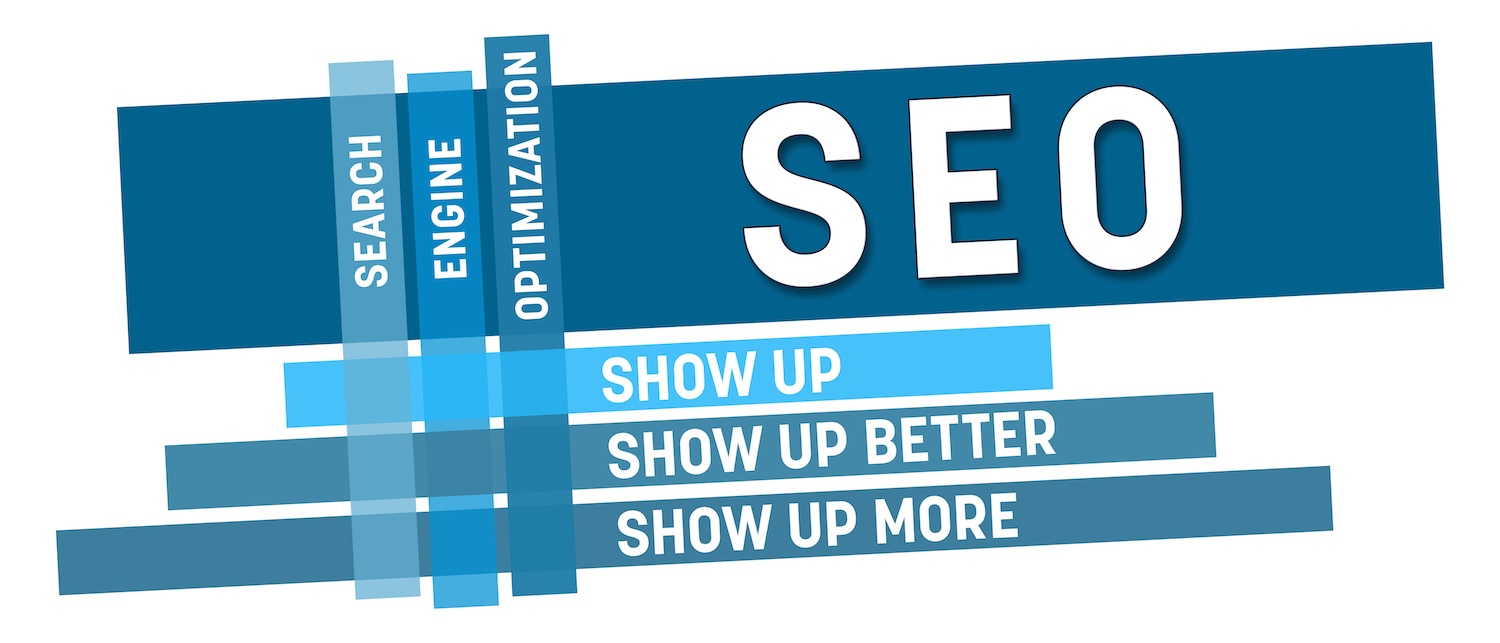
A Primer On The 3 Types Of SEO
Whether you’re developing a new website, or maintaining an existing website, it’s critically important you deploy the 3 types of SEO in the correct sequence and with today’s best practices in Search Engine Optimization.
What Are The 3 Types of SEO?
Search engine optimization is a complex business, with specific activities that have to take place first to optimize your website so the website pages are properly indexed by the Google algorithm…so you, your website, and your products & services can be found.
With that in mind, there are 3 main types of SEO, and decision points related to your business that will determine what SEO you deploy first, second, and third. The three main types of SEO are:
- Basic SEO
- Local SEO
- Advanced SEO
And let’s look at each type of SEO and when you deploy it.
3 Types of SEO: Basic SEO
Basic SEO is where you start, in terms of applying Search Engine Optimization to your website. Basic SEO involves the following process:
- Conduct keyword research related to your company, products & services
- Assign ONE keyword phrase to each page on your website
- Access the back-end of the website, and write keyword-optimized Search Engine Results Page (SERP) headlines & meta descriptors for every page on the site. Note: You must use the exact keyword phrase you’ve selected in the headline & meta descriptor.
- Then access the on-page content and insert the keyword phrase in logical places throughout the on-page content including the main headline, subheads, and text.
EVERY website should have this Basic SEO process deployed.
3 Types of SEO: Local SEO
Local SEO is a process of optimizing your website for a very, localized, geographic audience. For example, a plumbing company does not need to optimize their website to be found across the nation or world. They just need to show up for searches in the geographic area where they provide local services or products.
In this case, the basic SEO process is modified to include the keyword phrase for the geographic area.
Local SEO Keyword Phrase Example: Plumber in Denver Colorado
Other tactics for local SEO include:
- Local optimization of your Google Business Profile for local searches
- Website landing pages optimized & targeted to specific cities or neighborhoods
- Placement in local business directories
- Local backlinks, i.e., links coming into your website from other local sources including business directories, local media outlets, etc.
- Local citations, such as news articles, blogs on other sites, and social media outlets that mention your business
3 Types of SEO: Advanced SEO
When you’ve completed basic SEO, and local SEO (if needed), then it’s time to assess if you need more advanced Search Engine Optimization. Typically, advanced SEO should be applied to your most important pages on the website, and not necessarily on all website pages. For example, the most important pages on your website would likely include:
- Home page
- Most important product or service pages
Advanced SEO tactics are much more nuanced and individualized to each page. Each page that needs advanced SEO should be assessed using one of the industry-standard SEO tools. The results of those page scans will reveal the areas of greatest opportunity for powering up the SEO on specific website pages.
Note: As we work with clients on new and existing websites, the number one area we review first is to see if basic SEO has been deployed, let alone deployed correctly and in accordance with industry standards. THAT is where you start in making sure your website is properly optimized to generate leads and rise in the rankings.
Where Do I Start With Search Engine Optimization For My Website?
If you have an existing website, the first place to start is to have a marketing / SEO professional review your website to determine if Search Engine Optimization has been applied to your website. You’d be surprised how many websites do not even have basic SEO applied. If SEO has been applied, have a marketing / SEO professional assess whether the SEO has been applied correctly. You’d be surprised how many business owners think their website is optimized only to find that SEO has been done all wrong, or in a way that breaks the rules and gets your website dropped in the rankings.
Once an assessment of your basic SEO has been completed, your marketing / SEO professional will make a series of recommendations of what needs to be done or fixed, along with a budget estimate, and a timeline for completion.
SEO: A 4-step Process
Step 1: Determine if your business or non-profit only needs local leads, or if you need leads and site visitors from a broader geographic area.
Step 2: Assess the SEO on existing sites, or build a basic SEO program for a site that needs to be built. Websites that only need local leads still need basic SEO first, but the keywords that are chosen and assigned to each page on the website will be local in nature.
Example: Denver coffee shop 80210
Step 3: Give the new SEO time to “take hold” on the site. Google does not crawl sites daily, so you need to have Google bots crawl the site, take note of the new or enhanced optimization, and then determine how your website will rank in the search results. This takes time. It can take anywhere from 6 to 12 weeks for the effects of new, best-practice SEO to start to sow fruit.
Step 4: Once Basic SEO has been deployed, and Google bots have crawled the site, and your website’s rankings start to shift, then you can go the extra step and fine-tune specific, important pages on your website with advanced SEO techniques.
Need help with SEO for your website? Contact DeWinter Marketing & PR for our offerings on the 3 types of SEO: Basic, Local & Advanced SEO.

